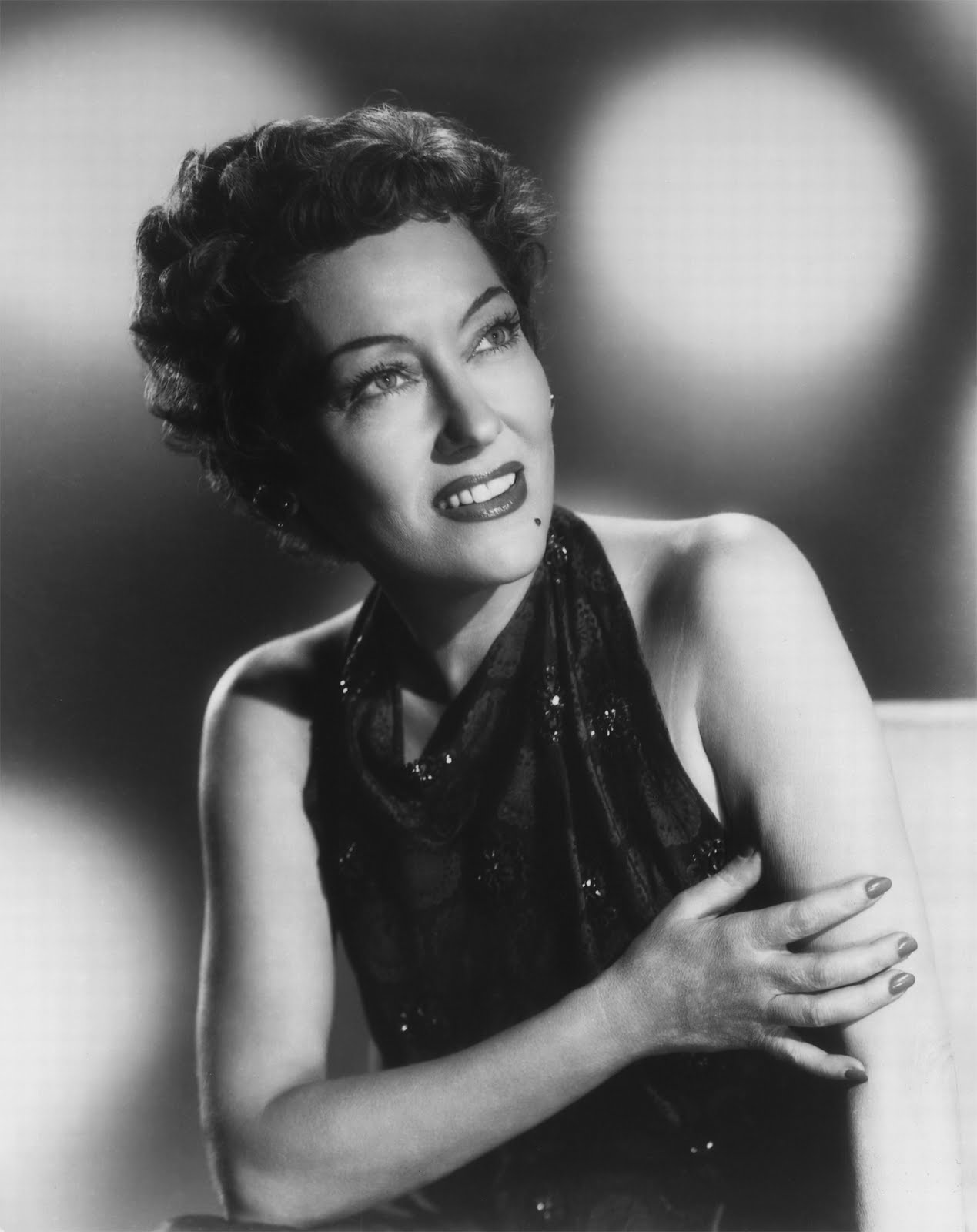The way actors and actresses appear on screen as their characters is instrumental in achieving the desired look in any film. Of course casting the right person for the role is the first step followed by having a skilled wardrobe department, but the makeup chair is where the actors and actresses really transform into their characters. In “Sunset Boulevard,” released in 1950 and directed by Billy Wilder, Gloria Swanson was cast as Norma Desmond, a fragile washed up movie star who takes a young writer into her home in the hopes they can write a movie that will put her back on the screen.
Gloria Swanson, seen below in 1950, needed to be made to look older and slightly frightening.
This was achieved by the makeup artist Wally Westmore who transformed Swanson into Desmond as seen below.
The changes made to Swanson’s face are subtle, as Westmore explains, “Aging is accomplished by subtle shading and highlighting of features.” This shading creates depth, giving the impression of wrinkles on a face that may not yet have developed them naturally. Shadows and highlights must be placed strategically around the face as Westmore describes, “We also shade the lines from exterior of nostrils to mouth, creating a deeper line that normally exists. We also accentuate the lines between the brows. In all cases we accentuate the face line by highlighting alongside of the line. Following this principle we shade over the eyes and between the bridge of the nose and eye. We shade a good deal darker in the corner close to the nose so that the eye appears more deeply set.”
All of this work was put into creating the distinct look that the character of Norma Desmond has throughout the film “Sunset Boulevard.” Without the makeup department or Westmore in particular, “Sunset Boulevard” would have had the feeling that something was missing or that something was just not quite right. However, the makeup done on Swanson, pulls the film together and makes the character of Norma Desmond believable.
Sources
https://books.google.com/books?id=iEpdlKas2d4C&pg=PA62&lpg=PA62&dq=Wally+Westmore+sunset+boulevard&source=bl&ots=ud3MPk7zIt&sig=EGc6tzWcIkEXfJDERGGKCd2qkBg&hl=en&sa=X&ved=0CC4Q6AEwAmoVChMI6b6OvYCbyQIVyHQ-Ch3xJQLt#v=onepage&q=Wally%20Westmore%20sunset%20boulevard&f=false

